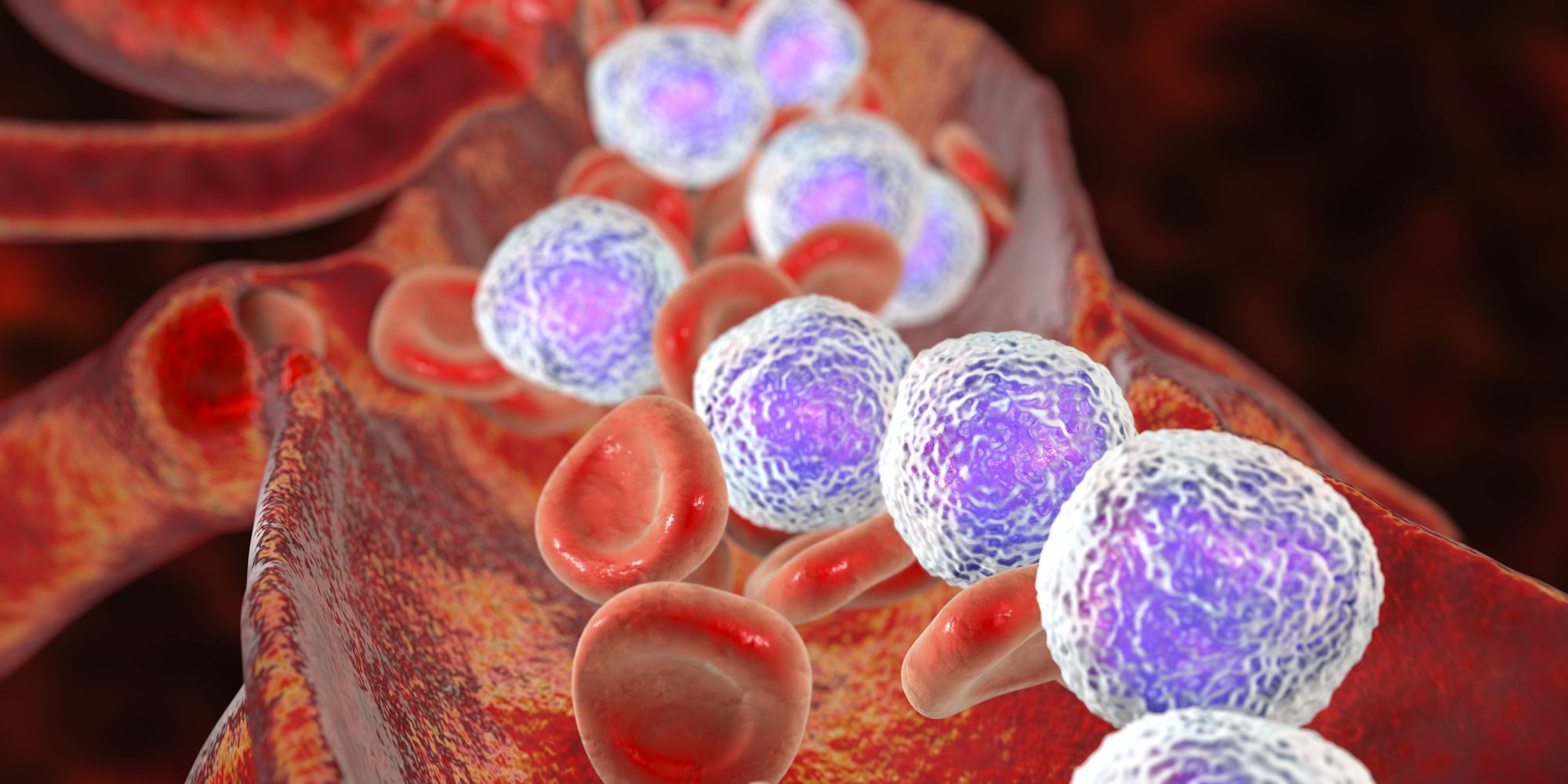FT596 Shows Favorable Tolerability, Response Rate in B-Cell Lymphoma
Completion of the phase 1 first-in-human trial revealed that iPSC-derived CAR natural killer cell therapy has potential for development across oncology.
Completion of the phase 1 first-in-human trial revealed that iPSC-derived CAR natural killer cell therapy has potential for development across oncology.

FT596, an induced pluripotent stem-cell (iPSC)–derived CAR natural killer (NK) cell therapy, was well tolerated as a monotherapy or with rituximab (Rituxan) and elicited deep and durable responses in patients with relapsed or refractory B-cell lymphoma, according to findings from a phase 1 first-in-human trial (NCT04245722) published in The Lancet.1
Data from the trial showed that there was no noticeable difference in the incidence of adverse events (AEs) between patients treated with FT596 monotherapy (regimen A) or in combination with rituximab (regimen B). Furthermore, no dose-limiting toxicities (DLTs) were observed with regimen A, and 1 instance of prolonged grade 4 thrombocytopenia was observed with regimen B. Additionally, the recommended phase 2 dose (RP2D) was the maximum assessed dose of 1.8 x 109 cells per dose in 3 doses in regimen B, and the maximum tolerated dose was not identified.
All patients in both arms experienced an AE, with 94% of the monotherapy arm experiencing a grade 3 AE vs 97% of the combination arm. Common AEs with regimens A and B, respectively, included neutropenia (83% vs 88%), anemia (61% vs 59%), thrombocytopenia (67% vs 57%), nausea (56% vs 53%), leukopenia (50% vs 15%), and fatigue (39% vs 44%). Additionally, the most common grade 3 or higher AEs in the respective arms included neutropenia (78% vs 88%), leukopenia (50% vs 13%), thrombocytopenia (39% vs 49%), anemia (39% vs 44%), and lymphopenia (33% vs 4%).
Efficacy analysis from the trial revealed that the objective response rate (ORR) was 54% among all patients treated on study with the combination therapy, including a complete response rate of 37% and a partial response rate of 18%. ORRs in specific subgroups included 38% (n = 12/32) for those with total large B-cell lymphoma, 14% (n = 3/21) for those with de novo diffuse large B-cell lymphoma, 82% (n = 9/11) for those with other large B-cell lymphoma, 45% (n = 9/20) in those with prior CAR T-cell therapy, and 100% (n = 13/13) in those with follicular lymphoma.
“FT596, an iPSC-derived CD19-directed, CAR NK cell therapeutic, was tolerable, with minimal immune-related [AEs] that have burdened other effective immunotherapies, and showed encouraging preliminary efficacy in patients who had been heavily pretreated,” Armin Ghobadi, MD, a professor of Medicine and clinical director of the Oncology Section of Bone Marrow Transplant at the Center for Gene and Cellular Immunotherapy of the Washington University School of Medicine, wrote in the publication with study coinvestigators.1 “This first completed trial of an iPSC-derived CAR NK cell therapy in oncology confirms that the iPSC platform has potential for development of effective, tolerable, and affordable cellular therapeutics across [hematology] and oncology, and in non-malignant diseases, such as autoimmune disorders.”
A total of 86 patients with relapsed or refractory B-cell lymphoma who received 1 or more previous systemic therapies were enrolled and assigned to either FT596 monotherapy (n = 18) or FT596 plus rituximab (n = 68). The study consisted of a dose-escalation phase using a 3+3 design, as well as a dose-expansion phase to generate additional data for a given dose.
During the dose-escalation phase, patients initially began with 3 x 107 viable cells as a single dose on day 1, which was done independently for individual regimens. A treatment cycle included conditioning chemotherapy with 500 mg/m2 of cyclophosphamide and 30 mg/m2 of intravenous fludarabine at 5 and 3 days prior to dosing with the investigational agent. FT596 was administered either without (regimen A) or with (regimen B) a single 375 mg/m2 dose of intravenous rituximab at 4 days prior to FT596 dosing.
Patients on trial had a median age of 65.5 years (range, 24.0-85.0), 74% were male, and 84% were White. The most common non-Hodgkin lymphoma histology included diffuse large B-cell lymphoma (30%), follicular lymphoma (17%), mantle cell lymphoma (14%), and Richter transformation (14%). A total of 83% of patients had stage IV disease at study entry, the median baseline target lesion size was 22.2 cm2 (range, 1.7-584.2), and the median number of previous therapies was 4 (range, 1-11).
The primary end points of the study were incidence and nature of DLTs and AEs.2 Secondary end points included investigator-assessed ORR, duration of response, duration of complete response, progression-free survival, overall survival, and the pharmacokinetics of FT596.
References
- Ghobadi A, Bachanova V, Patel K, et al. Induced pluripotent stem-cell-derived CD19-directed chimeric antigen receptor natural killer cells in B-cell lymphoma: a phase 1, first-in-human trial. Lancet. 2025;405(10473):127-136. doi:10.1016/S0140-6736(24)02462-0
- FT596 as a monotherapy and in combination with anti-CD20 monoclonal antibodies. ClinicalTrials.gov. Updated October 26, 2023. Accessed February 3, 2025. https://tinyurl.com/45k3rvjm
Newsletter
Stay up to date on recent advances in the multidisciplinary approach to cancer.
Highlighting Insights From the Marginal Zone Lymphoma Workshop
Clinicians outline the significance of the MZL Workshop, where a gathering of international experts in the field discussed updates in the disease state.